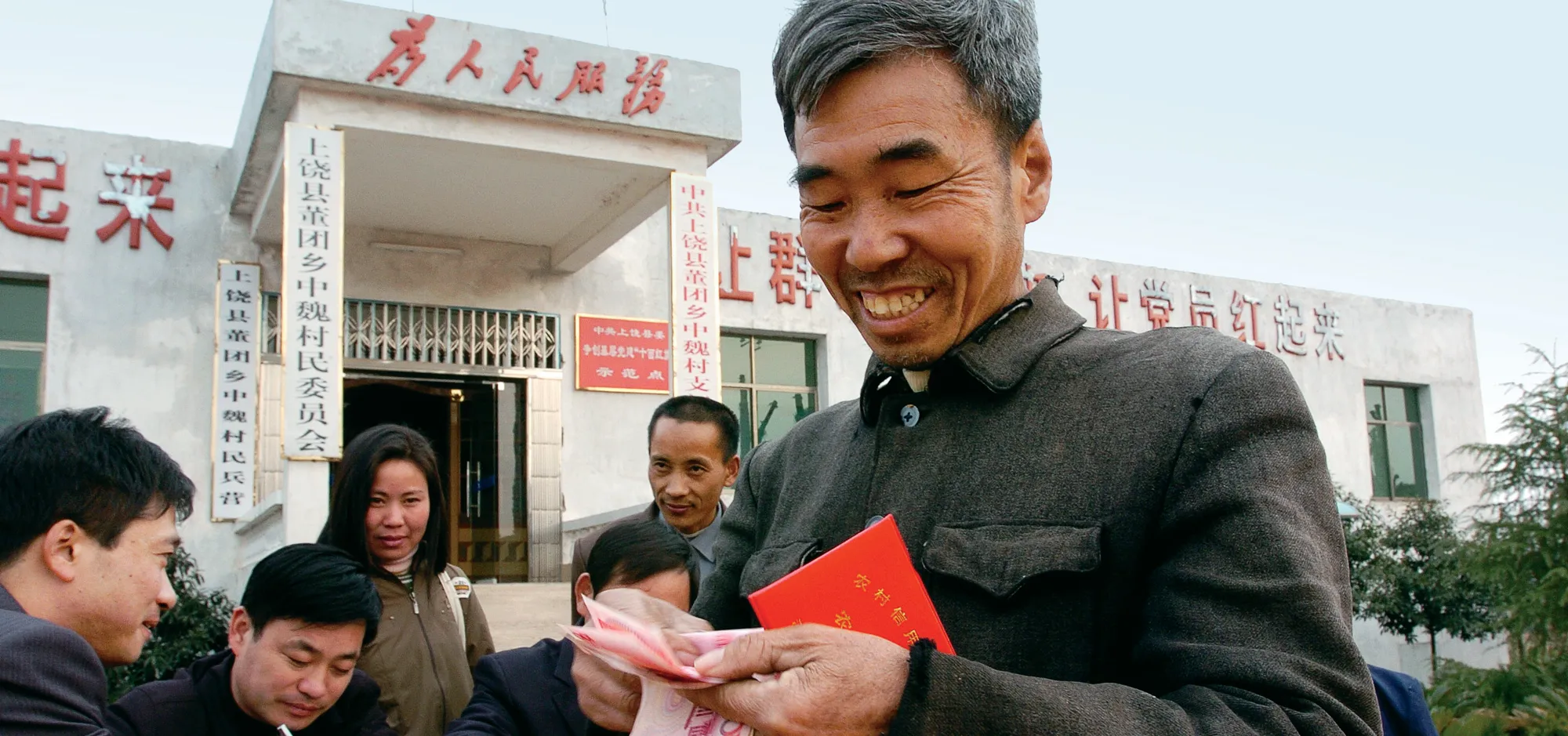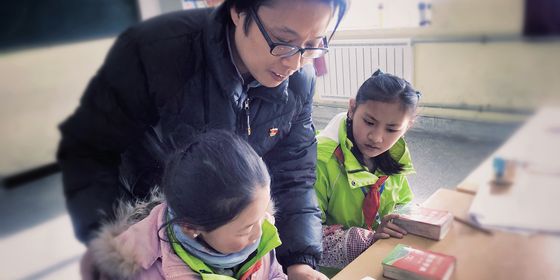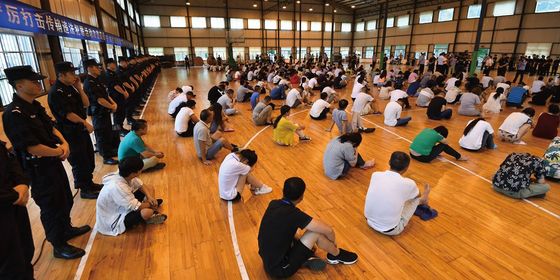Held fast by thousands of years of social bonds, interpersonal lending still flourishes in China’s countryside
When Lin Meiying (pseudonym) began to save up for her daughter’s dowry in the early 2000s, she deposited the girl’s earnings from her factory job in three different rural credit cooperatives (RCCs): one in her own village, and two in neighboring villages several kilometers away.
Though the sum was not a big one—just several thousand RMB—the then 40-year-old farmer from Hengyang, China’s central Hunan province, had good reason for her strategy, even if it meant making several trips to withdraw the money. “If I kept it in one RCC, everyone would know about it, and then they would come to borrow from me,” Lin explains.
Despite her best efforts, word of Lin’s savings got out, and a relative came to ask for a loan. This is normal among Lin’s acquaintances and in rural regions all around China, where bonds of kinship and mutual obligation have sustained informal networks of borrowing and lending for thousands of years.
Lin’s family had borrowed from relatives and neighbors to build houses in the 1980s and 1990s. In return, they lent money to these acquaintances to finance their weddings, house construction, and children’s education.
According to Lin, the borrowed money usually changes hands without a contract, IOU, or interest, since most people in her circle “are too embarrassed to bring up such matters.” Instead, the parties verbally agree on a repayment date, or the borrower may simply promise to return the money as soon as they can.
It Takes a Village is a story from our issue, “Dawn of the Debt.” To read the entire issue, become a subscriber and receive the full magazine.













